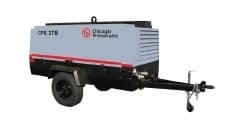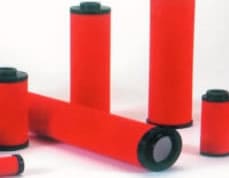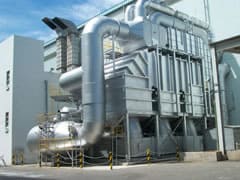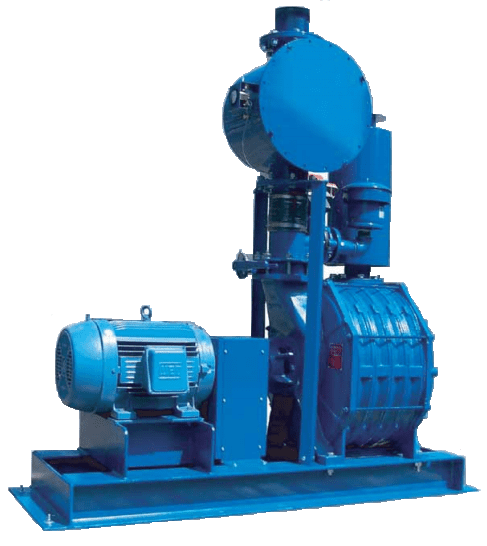Dust comes from a wide range of sources and in a variety of forms, including flour, grain, wood, coal, metal and cotton. The effects of dust can be irritating, poisonous, explosive and deadly. It can cause allergic reactions, make it hard to see and breathe, cause lung disease over time and with enough exposure, and a dense cloud of organic, coal, metal or sulfur dust could ignite with just a spark or a hot surface. This is why dust collectors are in use to effectively move harmful dusts and smoke away from industrial processes.
Dust collectors vary widely, so it is important to pick the right one by weighing the advantages and disadvantages for the particular application. The selection of a dust collector depends on the characteristics, concentration and particle size of dust, degree of dust collection required, airstream characteristics, and correct disposal methods.
There are regulations for worker exposure to dust inside a facility or on the jobsite—a maximum acceptable level they can be exposed to—and there are also regulations on how clean the air needs to be in the atmosphere surrounding an industrial plant—in effect, the acceptable pollution level they can emit. The Environmental Protection Agency (EPA) is concerned with emissions that have the potential to harm people, including the criteria pollutants carbon monoxide, lead, nitrogen dioxide, ozone, particulate matter, and sulfur dioxide, plus a large number of compounds called air toxics.
The EPA offers emissions measurement, reporting, evaluation and utilization of data, plus the most up-to-date rules and regulations, including an easy to read version of the Clean Air Act passed by Congress in 1970 and since amended accordingly. There are both federal and individual state regulations for clean air to protect workers and communities throughout the country.
 Air Compressors
Air Compressors  Air Filters
Air Filters Air Pollution Control
Air Pollution Control Blowers
Blowers Dust Collectors
Dust Collectors Industrial Vacuum Cleaning Equipment
Industrial Vacuum Cleaning Equipment Castings & Forgings
Castings & Forgings Bulk Material Handling
Bulk Material Handling Electrical & Electronic Components
Electrical & Electronic Components Flow Instrumentation
Flow Instrumentation Hardware
Hardware Material Handling Equipment
Material Handling Equipment Metal Cutting Services
Metal Cutting Services Metal Forming Services
Metal Forming Services Metal Suppliers
Metal Suppliers Motion Control Products
Motion Control Products Plant & Facility Equipment
Plant & Facility Equipment Plant & Facility Supplies
Plant & Facility Supplies Plastic Molding Processes
Plastic Molding Processes Pumps & Valves
Pumps & Valves Recycling Equipment
Recycling Equipment Rubber Products & Services
Rubber Products & Services